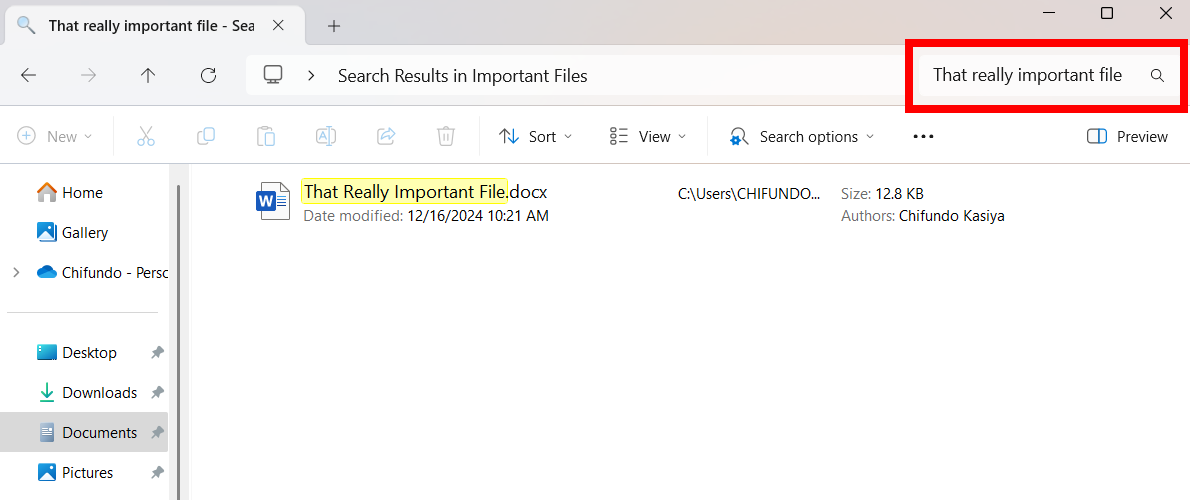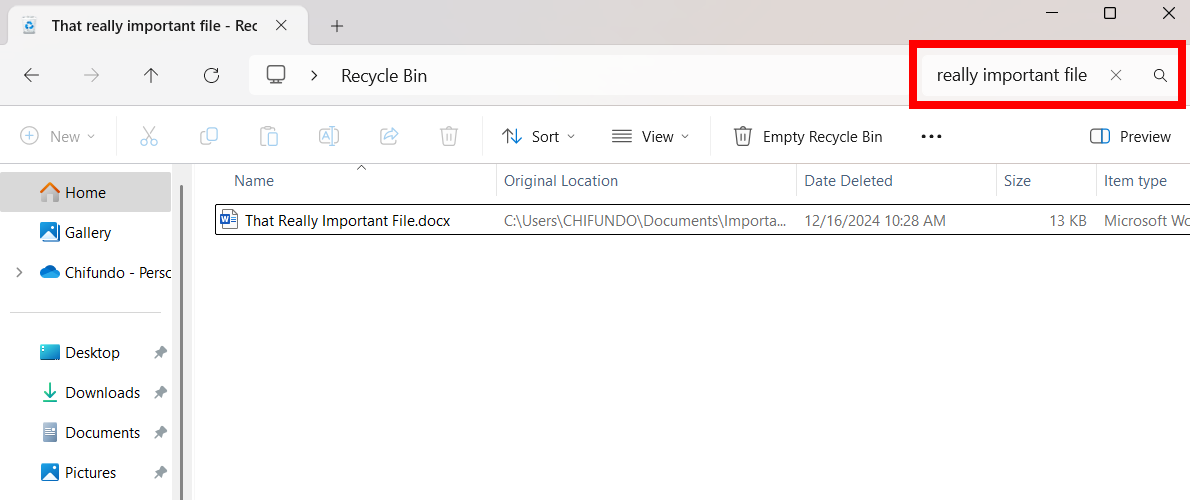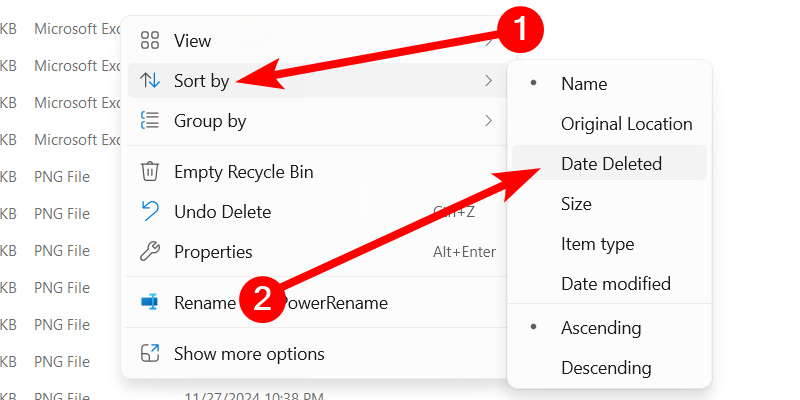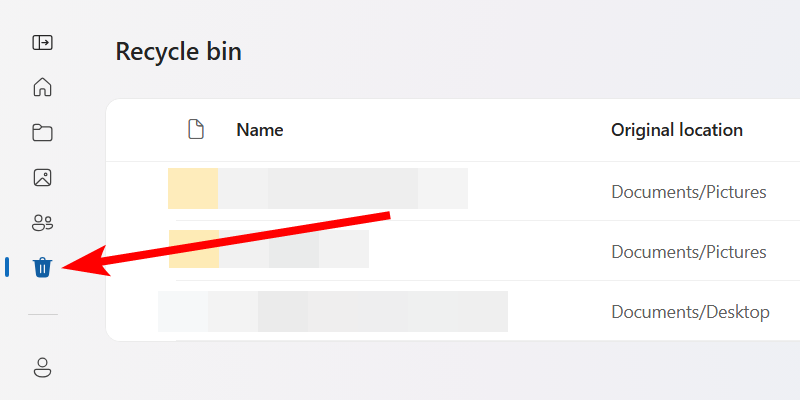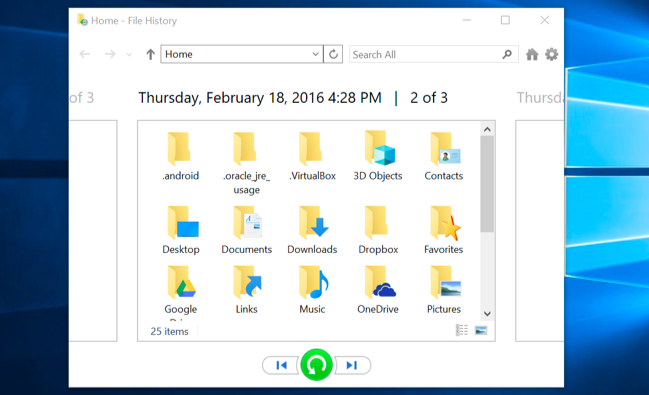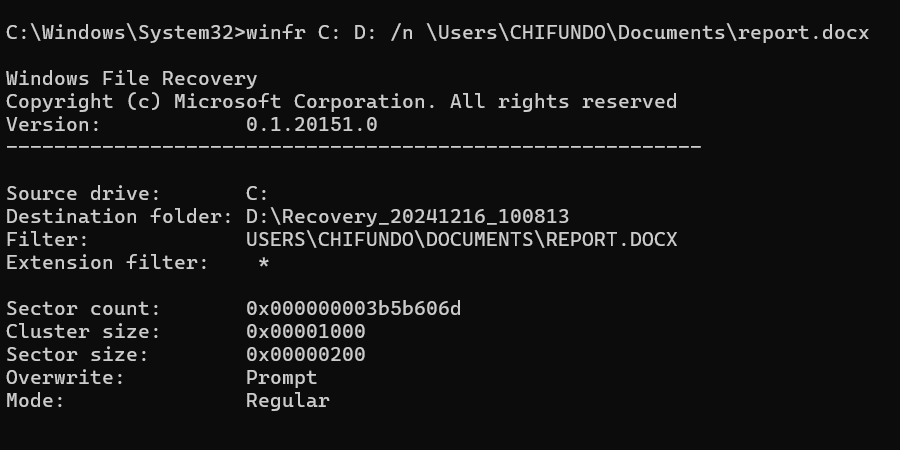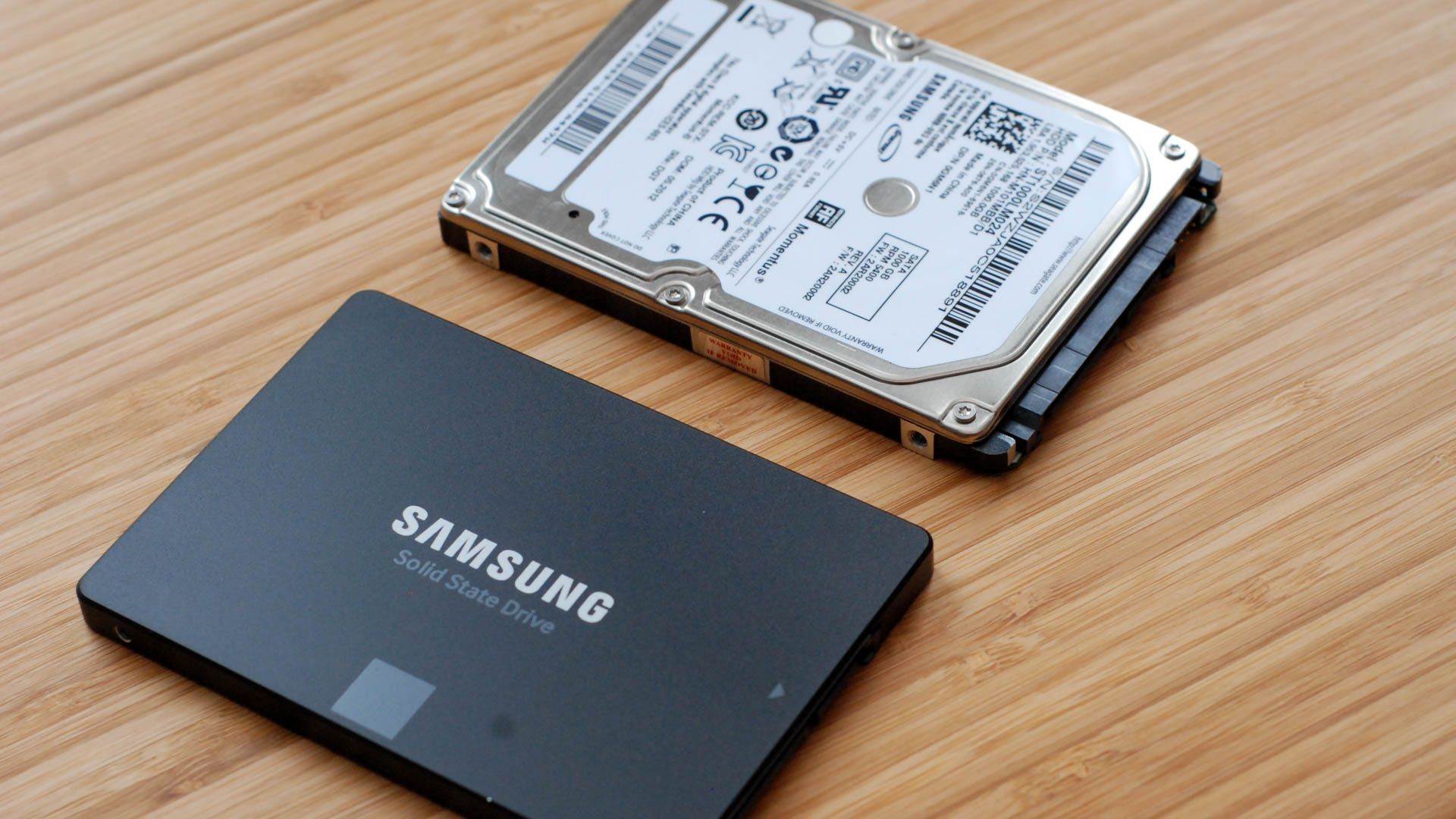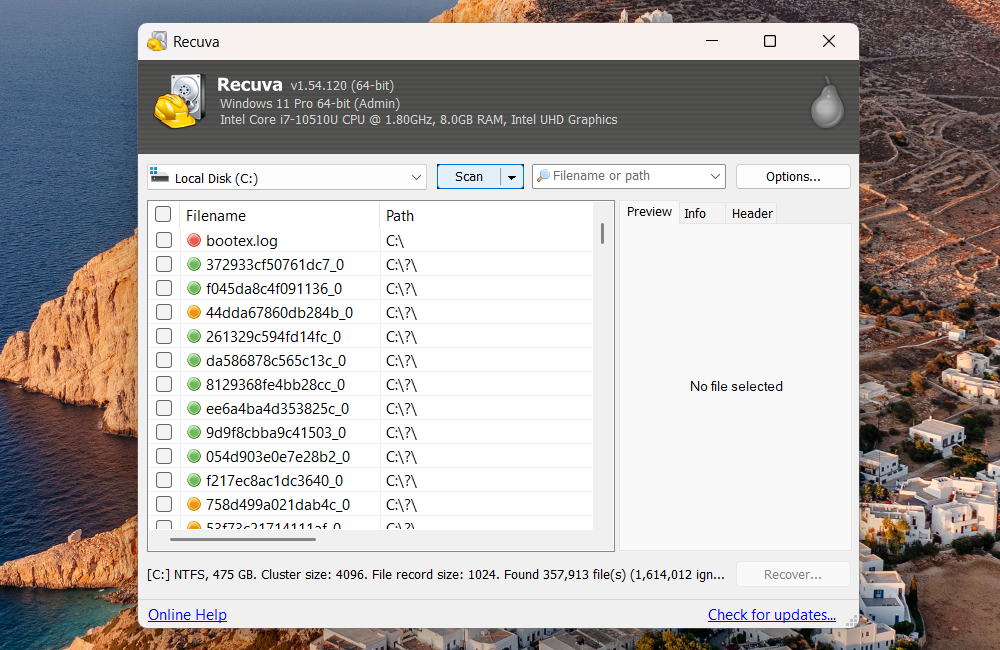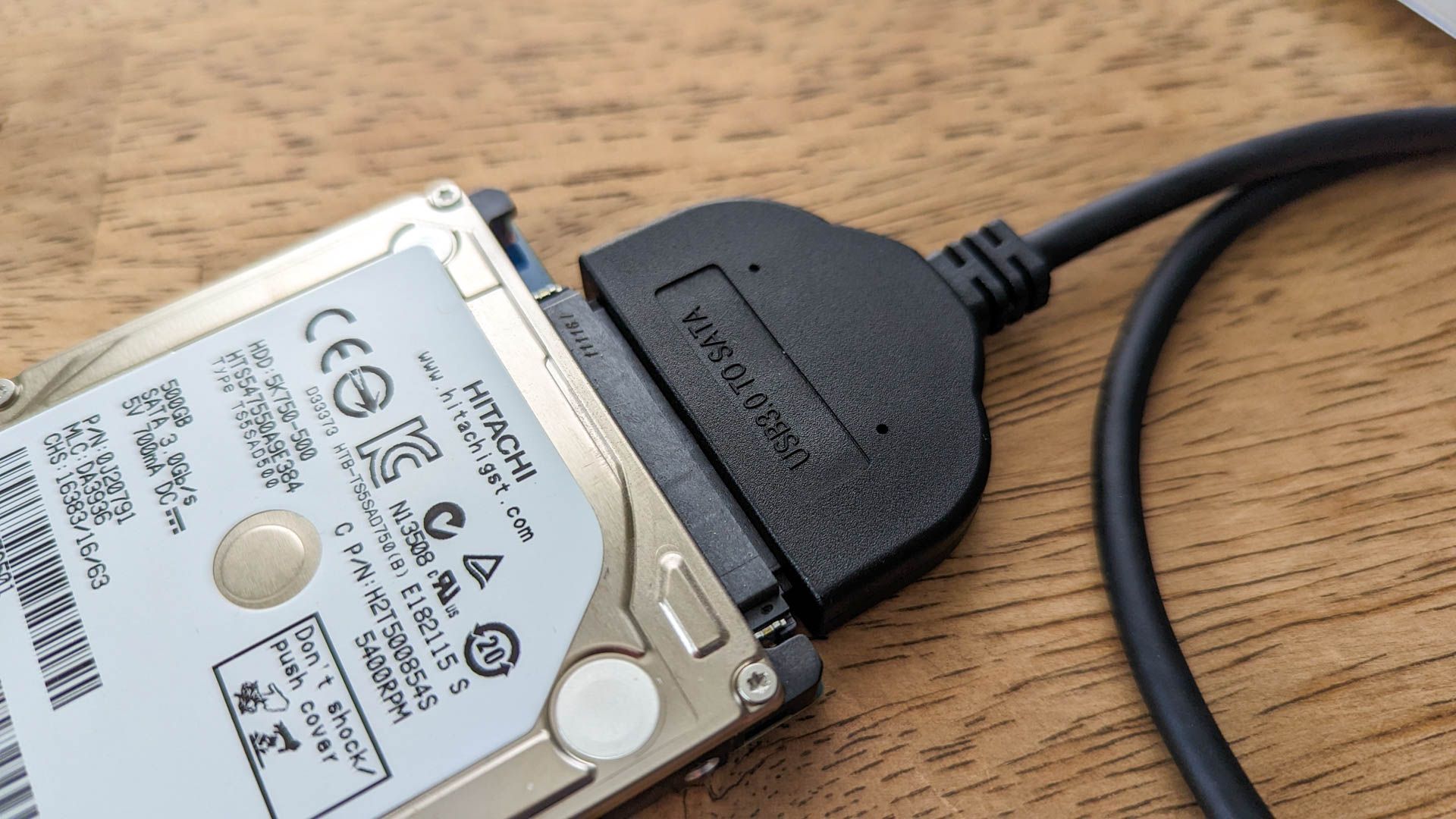Most of us have experienced that moment when you delete a file only realize you need it back. Here’s how to know when you can get that file back and how to do so.
Make Sure You Didn’t Misplace the File
If you’re unsure whether you permanently deleted a file, look around for it first. Try performing a search in File Explorer. Hopefully, you just misplaced the file and you can find it again.
You might also want to check your external storage drives, such as flash drives, HDDs, and SDDs, in case you moved the file there and don’t remember.
Check the Windows Recycle Bin
You can also peek inside the Recycle Bin. If you have a lot of files in there, you can use the search box in the top-right corner of the window to search for the file.
You can also right-click in the Recycle Bin window and select Sort By > Date Deleted to more easily view recently deleted files.
Check Your Recycle Bin on Cloud Storage
If your file was stored in a cloud storage service like OneDrive, Google Drive, or Dropbox, log into your account on the service’s website and check your deleted files there—you may find the file is still recoverable. This is the cloud storage version of the Recycle Bin.
On OneDrive, for instance, click the “Recycle Bin”—the trash can icon—in the left sidebar to see your recently deleted files. Keep in mind that these will only remain in OneDrive for 30 days if it is your personal OneDrive.
Recover the Deleted File Using File History
Windows File History tool is useful for easily recovering deleted files and older versions of files from an external drive. It backs up files from specific locations, such as Libraries, Desktop, Contacts, and Favorites. If you enabled File History (it’s disabled by default), all you have to do is use it to recover the file.
File History saves the state of the included folders at a specific time. That means you will be reverting the entire folder to a previous version, and you may lose your recent files. Use this option if the deleted file is extremely important.
To do that, open the Start Menu, type File History in the search bar, and click it when it appears in the search results. Next, click “Restore Personal Files” in the left sidebar. Then, select the folder with the missing file and click the “Restore”—a green button with the restore icon—to restore the previous version of that folder.
Microsoft has a tool for recovering deleted and corrupted files on Windows. It’s called Windows File Recover, and it’s an easy-to-use command-line tool that ensures your files aren’t permanently lost.
Once you install Windows File Recovery, launch it by opening the Start Menu, typing Windows File Recover in the search box, and selecting it when it appears in the search results. You need to know which commands to use to find the deleted file, but since this is not an in-depth tutorial on how to use this tool, I will just use an example of finding a find named report.docx.
The command for this would look like this:
winfr C: D: /n \Users\CHIFUNDO\Documents\report.docx
In the above command, C: is the drive to check for the deleted file (source drive), and D: is the drive to store it once found (destination drive). The /n is called a switch, which is a modifier that tells the command to target specific files or folders. The file path afterward tells Windows File Recovery where to find the file on the C: drive.
After the command runs successfully, check the destination drive for the recovered file. Keep in mind that this process can take a few minutes to complete.
Magnetic Hard Drives vs. Solid-State Drives
If you’ve made it this far and haven’t managed to restore your file yet, the only way you’re getting that file back is with third-party file-recovery software. However, there’s some bad news: This may be impossible on some computers.
Traditional magnetic hard drives and solid-state drives work differently. When you delete a file on a magnetic hard drive, its data isn’t immediately erased from the disk. Instead, the pointer to that data is removed, so that the data can be overwritten. It may be possible to scan the hard drive for leftover data and restore deleted files that haven’t yet been overwritten.
When a file is deleted from a solid-state drive, that file is immediately erased with the TRIM command to free up the space and ensure the SSD can be quickly written to in the future. That means that you can’t recover data deleted from solid-state drives—once it’s gone, it’s gone. Very old solid-state drives and old operating systems like Windows Vista don’t support TRIM, but modern solid-state drives and Windows 7 through 10 all support TRIM.
The Safest Way to Recover a Deleted File
If you delete a file on a magnetic hard drive, and you’re still using that computer, the safest thing to do is shut down the computer immediately. If you continue using the computer, even if you’re just installing file-recovery software, it’s possible that a program on your computer could write data that overwrites the deleted file’s data on your hard drive.
With the computer shut down, you should boot from a file-recovery live CD or USB drive, or remove the hard drive from the computer entirely and place it in another computer as a secondary drive. The key is to avoid writing to the drive entirely. Use file-recovery software to scan the drive, and hopefully, you’ll find the deleted file.
If you deleted the file recently and haven’t written to the drive much, you have a fairly good chance of recovering it. But if the deletion happened two weeks ago, and you have written to the drive quite a bit, it’s unlikely that you’ll recover the file.
The Quicker, Riskier Way to Recover a Deleted File
If you’d like to get a deleted file back, but the file isn’t extremely important, and you don’t want to put in too much effort, there is an easier, riskier way than using a live CD. Just install a file-recovery tool like Recuva, from the makers of the popular CCleaner application. Use that application to scan your hard drive for deleted files and restore the one you want back, if you can find it.
This method is riskier because it involves writing to the drive. When you install a tool like Recuva on the drive, it’s possible that you could overwrite the deleted file’s data with the Recuva program data. It’s also possible that other programs running in the background could write to disk and overwrite the data. All it takes is for a portion of the file to be overwritten, and the file may become completely corrupt.
Professional Data Recovery
If the data is particularly critical, you don’t have any backups, and you failed to recover the data using other methods, you might want to consider a professional data recovery service. First things first, though: power off the computer immediately if it’s not already off. The longer the computer runs, the more data will be written onto its hard drive and the less chance you’ll have of recovering your data.
Professional data recovery services deal with everything from deleted and overwritten files to dying hard drives that need to be disassembled and repaired. These services can be extremely pricey, costing hundreds or even thousands of dollars, so they’re not the ideal solution. However, if you have extremely important data that you can’t recover or replace, and you’re willing to pay up, this is an option available to you.
These services can’t guarantee anything—they may be unable to recover your data. They’ll also probably charge you for their work even if they ultimately can’t recover your data.
Avoiding Deleted File Scares
The best way to ensure you’ll never have to recover a deleted file is to perform regular backups. Even just enabling the File History or Windows Backup functionality in your version of Windows will give you some peace of mind. It’s still possible for a file to be deleted, but if you’re performing regular backups, you won’t lose much data.
You’ll have much more luck restoring backups than recovering deleted files. Backup services are cheaper than professional data recovery services, too.
Deleted files aren’t necessarily gone forever, but they’re not always easy to recover. As solid-state drives are used in more and more new computers, proper backup procedures are becoming even more important.


